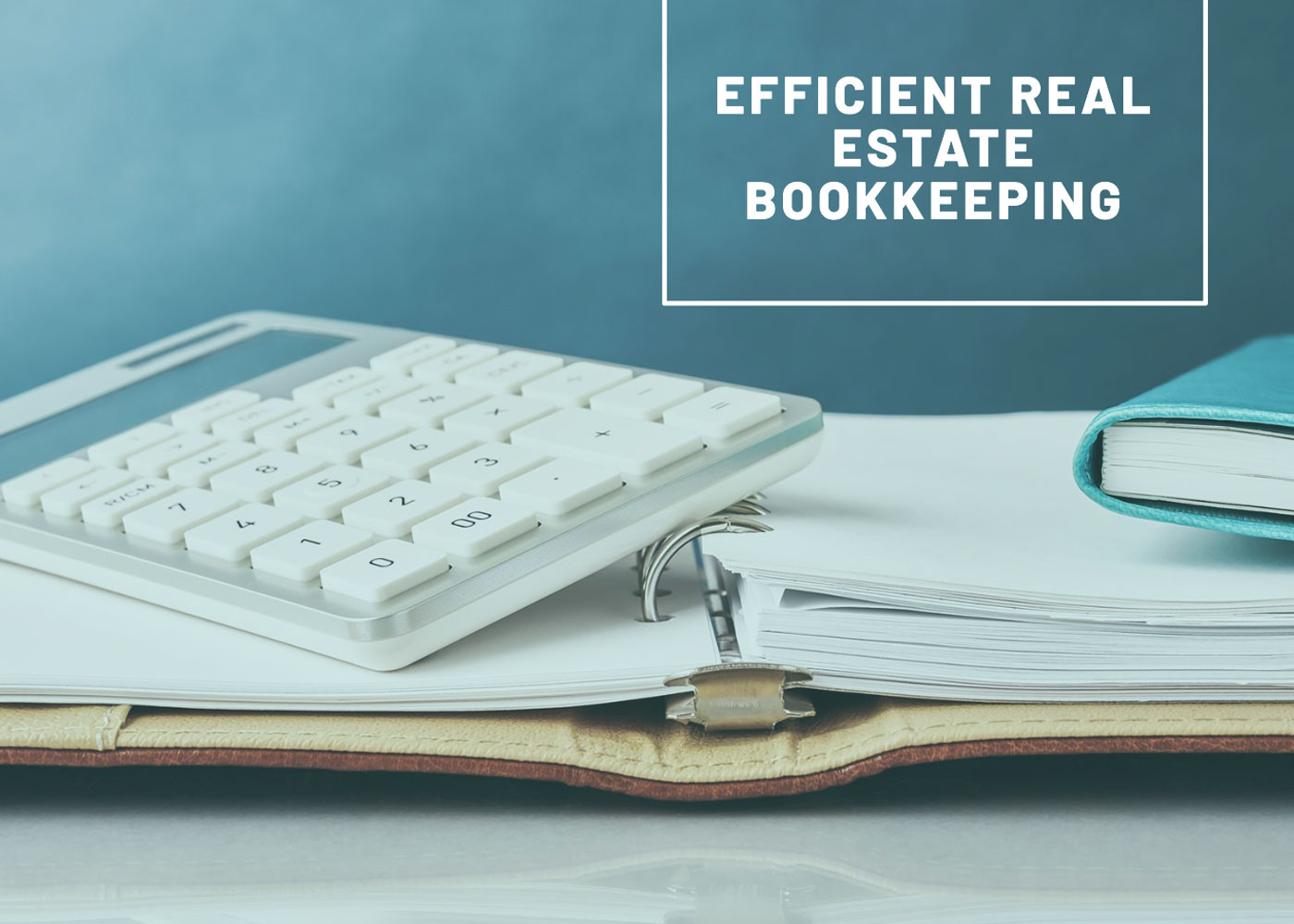As an investor, property manager, or real estate agent,
bookkeeping is an essential part of keeping a real estate business afloat. A well-organized bookkeeping system helps in recording income and expenses, making tax
compliance, and providing financial information for informed decision-making.
These are the steps to set up a real estate bookkeeping system.
Step 1: Determine Your Accounting Method
There are two main accounting methods.
i. Cash Basis Accounting: All income and expenses are
recorded only when the cash is received or when the cash is paid. It is easier
and is suitable for small real estate businesses.
ii. Accrual Basis Accounting: Income and expenses are
recorded when the work is done, not when payment is received. This method
provides a better financial view and is more used by larger businesses.
Choose whichever approach is suitable for your business
entity and financial condition.
Step 2: Open Dedicated Business Bank Account
The first step is to open a personal and business bank
account for your real estate business so you can separate your personal and
business finances. This will help you:
i. Track income and expenses more easily
ii. Simplify tax reporting
iii. Keep investors and lenders financially on track.
Consider opening checking and savings accounts to handle
different parts of finance, e.g., rental income and emergency funds.
Step 3: Choosing Real Estate Bookkeeping Software
Bookkeeping also becomes easier and more accurate when you
use bookkeeping software. Popular real estate bookkeeping options include:
i. QuickBooks Online (popular and works with other real
estate apps)
ii. Buildium (ideal for property managers)
iii. AppFolio (for larger real estate businesses)
iv. Stessa (for real estate investors)
v. wave (A free option for small firms)
Step 4: Categorize Income and Expenses
Classify the transaction to track your expenses accurately.
Common income categories include:
i. Rental income
ii. Property sales revenue
iii. Lease payments
iv. Late fees and penalties
Common expense categories include:
i. Mortgage payments
ii. Property maintenance and repairs
iii. Insurance
iv. Property management fees
v. Taxes and licenses
vi. Utilities
vii. Advertising and marketing
Group these easily by creating a chart of accounts in your
bookkeeping software.
5. Keep Track of and Record Transactions on a Regular Basis
Frequent logging of transactions helps prevent mistakes and
missed records. Best practices include:
i. As soon as it is received, record rental income
ii. Logging all property-related expenses
iii. Having digital copies of receipts and invoices
iv. Use automated bank feeds if available in your software
You should create a habit of updating your records each day,
week, or month depending on your scale of business.

Step 6: Reconcile Bank Statements
Balancing your bank statements means that your book entries
match what your bank says. Steps for reconciliation include:
i. Reviewing monthly bank statements
ii. Matching transactions with bookkeeping records
iii. Finding errors and fixing any errors.
iv. Noting any outstanding transactions
This step prevents errors, fraud and mistakes in your
financial records.
Step 7: Receipt and Invoice Processing System
To monitor expenses and deductions for taxes, it is
important to keep records of receipts and invoices. You can:
i. Place physical receipts into organized file folders
ii. Scan and store receipts digitally with digital tools
like Expensify, Shoeboxed or Receipt Bank
iii. Attach scan receipts to your transactions in your
bookkeeping software
Having an organized document management system will make tax
reporting and audits a great deal easier.
Step 8: Monitor Cash Flow and Generate Reports
Another point is that cash flow is one of the fundamental
dictates for managing finance properly. Produce other reports in the following
series:
i. Profit and loss: Displays income and expense data over a
given period.
ii. Balance Sheet: Explain who owes what to whom and what is
there to go around.
iii. Cash Flow Statement: This is a statement that reports
all the cash coming into and going out of the business.
Monthly or quarterly reports are run to know how the
business performs so that sound business decisions can be made.
Step 9: Automation and Streamlining of Processes
To be more efficient automate with:
i. Rent Payment Automation: RentRedi, Avail and Cozy are
examples of tools that allow automatic rent payment
ii. Expense Tracking Apps: Examples of apps for expense
tracking in real-time are Mint and Stessa
iii. Automated Bill Payments: Auto-pay monthly expenses like
Mortgage, utility and insurance payments.
Step 10: Hire a Bookkeeper or Accountant (If Needed)
If your business expands, consider hiring a professional for
bookkeeping. A bookkeeper or accountant can:
i. Keep accurate financial records
ii. Handle tax preparation and deductions
iii. Advise financially on how to grow your business
With larger portfolios, having a bookkeeper can save
time and accuracy.
Step 11: Abide by Tax Laws
There are different tax requirements for real estate
companies. Make sure you stay compliant by:
i. Knowing what expenses are tax-deductible (e.g.,
depreciation, mortgage interest, property taxes);
ii. Keeping tax records;
iii. Talking to a tax professional.
Step 12: Regularly Review Financials
A company that has constant financial checking is in control
of its business. Set aside time to do this each month or every quarter to:
i. Analyze cash flow trends
ii. Find areas for cost reduction
iii. Plan for future investment and expansion
Improve and update your bookkeeping system to increase
profitability and performance.
Conclusion
It is very important to create a good bookkeeping system for
real estate if you are aiming at any form of financial prosperity. To keep an
orderly financial system, you must select the right accounting methodology,
classify transactions, reconcile accounts, automate processes, and keep up with
taxes. These will help you become more organized in bookkeeping and arrive at
better business decisions whether you are managing a single rental house or an
extensive real estate portfolio.


